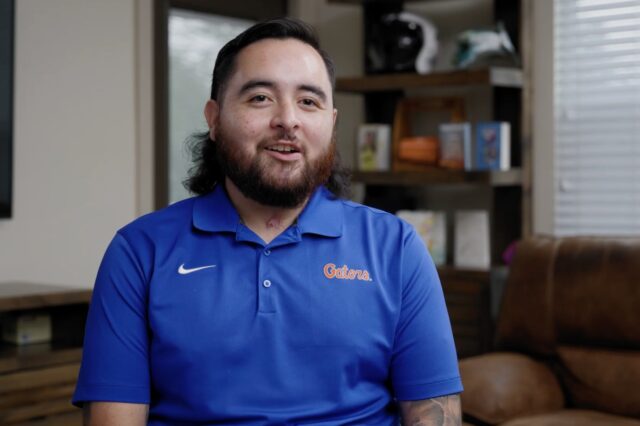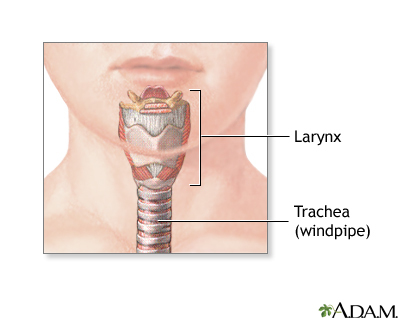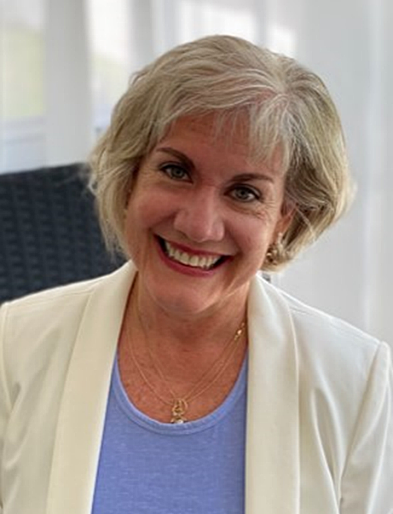Back From the Brink: How Matt Defied Death
Matt Benavidez can't recall how he ended up crumpled on a crosswalk on the night of Nov. 7, 2020. He has no memory of his motorcycle hitting an SUV or rescue…

Update your location to show providers, locations, and services closest to you.
A tracheostomy is a surgical procedure to create an opening through the neck into the trachea (windpipe). A tube is most often placed through this opening to provide an airway and to remove secretions from the lungs. This tube is called a tracheostomy tube or trach tube.
General anesthesia is used, unless the situation is critical. If that happens, a numbing medicine is placed into the area to help you feel less pain during the procedure. Other medicines are also given to relax and calm you (if there is time).
The neck is cleaned and draped. Surgical cuts are made to reveal the tough cartilage rings that form the outer wall of the trachea. The surgeon creates an opening into the trachea and inserts a tracheostomy tube.
A tracheostomy may be done if you have:
The risks for any anesthesia are:
The risks for any surgery are:
Other risks include:
A person may have a sense of panic and feel unable to breathe and speak when first waking up after the tracheostomy and placement of the tracheostomy tube. This feeling will lessen over time. Medicines may be given to help reduce the patient's stress.
If the tracheostomy is temporary, the tube will eventually be removed. Healing will occur quickly, leaving a small scar. Sometimes, a surgical procedure may be needed to close the site (stoma).
Occasionally a stricture, or tightening of the trachea may develop, which may affect breathing.
If the tracheostomy tube is permanent, the hole remains open.
Most people need 1 to 3 days to adapt to breathing through a tracheostomy tube. It will take some time to learn how to communicate with others. At first, it may be impossible for the person to talk or make sounds.
After training and practice, most people can learn to talk with a tracheostomy tube. People or family members learn how to take care of the tracheostomy during the hospital stay. Home-care service may also be available.
You should be able to go back to your normal lifestyle. When you are outside, you can wear a loose covering (a scarf or other protection) over the tracheostomy stoma (hole). Use safety precautions when you are exposed to water, aerosols, powder, or food particles.

Greenwood JC, Winters ME. Tracheostomy care. In: Roberts JR, Custalow CB, Thomsen TW, eds. Roberts and Hedges' Clinical Procedures in Emergency Medicine and Acute Care. 7th ed. Philadelphia, PA: Elsevier; 2019:chap 7.
Reed CR, Haines KL, Agarwal SK. Tracheostomy. In: Cameron AM, Cameron JL, eds. Current Surgical Therapy. 13th ed. Philadelphia, PA: Elsevier; 2020:1394-1404.

Matt Benavidez can't recall how he ended up crumpled on a crosswalk on the night of Nov. 7, 2020. He has no memory of his motorcycle hitting an SUV or rescue…

UF Health Shands HomeCare is a comprehensive home health and personal care agency devoted to helping patients maintain an independent lifestyle or continue…
